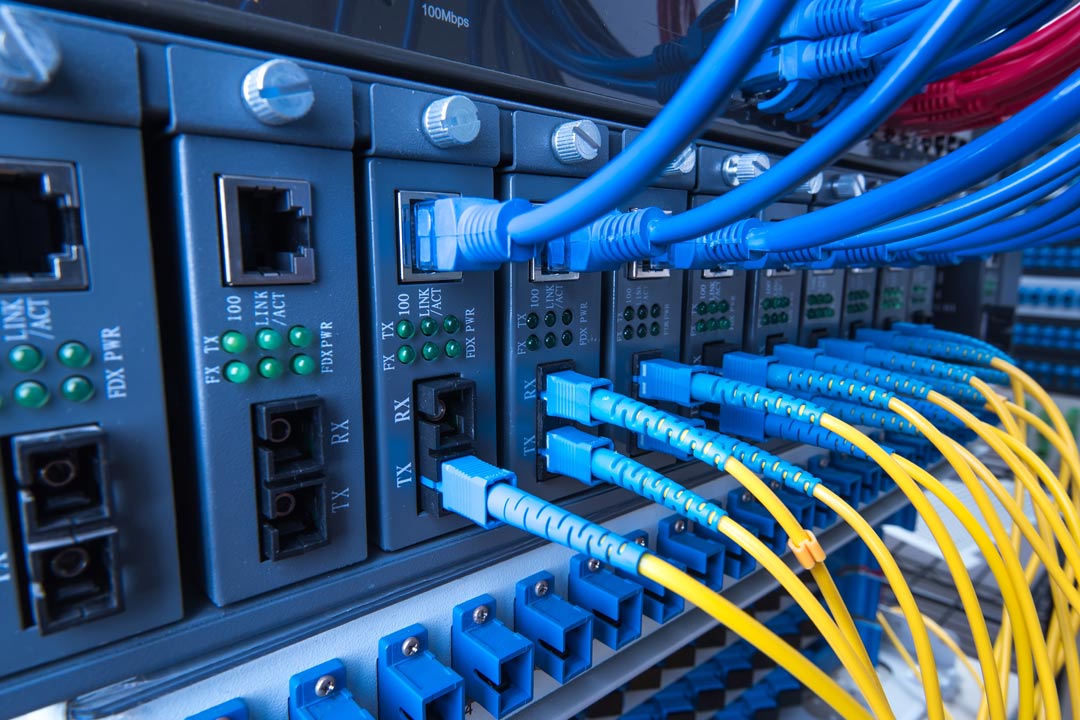With explosive growth in digital data and increasing demand for cloud services, the role of data centers has become indispensable in today’s technology driven world. Large organizations as well as technology giants heavily rely on data centers to store, manage and process massive amounts of data on a daily basis. This increasing dependence on data centers necessitates the need for reliable and high performance networking equipment within these centers. One such crucial networking component that forms the backbone of any data center is – the data center switch.
Types of Data Center Switches
Core Switch
The core Data Center Switch, also known as backbone switch, resides at the highest level in the data center network hierarchy. It acts as the central distribution point that interconnects all the aggregation switches. Core switches have extremely high port densities ranging from 48 ports to over hundred ports to accommodate thousands of connections. They are designed to handle massive traffic loads in the range of several Terabits per second. Critical requirements for core switches include ultra-low latency, wire-speed performance, high availability and reliability. Leading vendors offer modular chassis-based core switches that provide redundancy and scalability.
Aggregation Switch
Aggregation switches sit below the core switches and are responsible for collecting and distributing traffic from multiple access switches. Their primary functions include Layer 3 routing, virtual networking, traffic engineering and filtering. Aggregation switches concentrate traffic from various access switches before feeding it to the core. They support port densities ranging from 24 to 48 ports with 10/25/40/100 Gbps connections. Features like live migration, network virtualization and load balancing enable aggregation switches to intelligently direct and optimize traffic flow.
Access Switch
Access switches, also referred to as top-of-rack switches, are located at the edge of the network topology. They are directly connected to endpoints like servers, storage and virtual machines within individual racks in the data center. With port densities of 1/10/25/40/50 Gbps, access switches establish physical connectivity for all endpoints within a rack. In addition to baseline L2 switching, modern access switches also support L3 routing, VXLAN, NVGRE, Live Migration etc. to enable application workload mobility.
Data Center Switch Trends
Rise of 100GbE and 400GbE Switch Ports
With exponential growth in data, traditional 10GbE ports are unable to keep up with the bandwidth demands. This has accelerated the adoption of faster 100GbE and 400GbE switch ports in the data center. Several IT giants are already deploying 100GbE based spine-leaf architectures for their core networks. Switch vendors are also bringing new modular switches equipped with 400GbE ports capable of handling tomorrow’s zettabyte workloads.
Advancements in Silicon Technology
In order to deliver wire-speed performance while managing enormous bandwidth, switch ASICs (Application Specific Integrated Circuits) have evolved considerably. Modern chips integrate several terabits per second of switching capacity along with advanced packet processing capabilities using bleeding-edge FinFET process technology. Switch-on-a-chip designs as well as programmable NICs have enabled significant cost reductions and power efficiencies.
Growth of Software Defined Networking
Software defined networking (SDN) is fast emerging as a dominant model for managing large-scale data center networks. SDN allows network admins to virtualize switching hardware, configure ports and policies through open APIs. Leading switch vendors have enhanced their switches with robust SDN and telemetry support for orchestrating traffic as per application demands. SDN enabled switches can be remotely controlled by network virtualization software for agility.
Focus on Telemetry and Analytics
With greater emphasis on optimizing cost and infrastructure utilization, data center operators are increasingly relying on network telemetry capabilities. Switches have embedded sensors that capture traffic statistics, flow data, switch health metrics etc. This data is then exported to analytics platforms which help identify bottlenecks, detect anomalies and drive optimization decisions. Telemetry and analytics enable achieving visibility, optimizing performance and gaining actionable insights from modern multi-layered data center networks.
Data center switches have evolved tremendously to power unprecedented scale demanded by today’s digital era. While delivering non-stop networking, latest switching platforms integrate revolutionary chipsets, support advanced protocols and seamlessly integrate with software defined frameworks. Going forward, cutting-edge innovations in switching silicon, driverless architectures and application-aware capabilities will keep transforming the role of switches in data centers. They will continue to rapidly scale up in speeds, lower in costs and increase programmability to successfully support next generation data intensive applications.
*Note:
1. Source: Coherent Market Insights, Public sources, Desk research
2. We have leveraged AI tools to mine information and compile it

